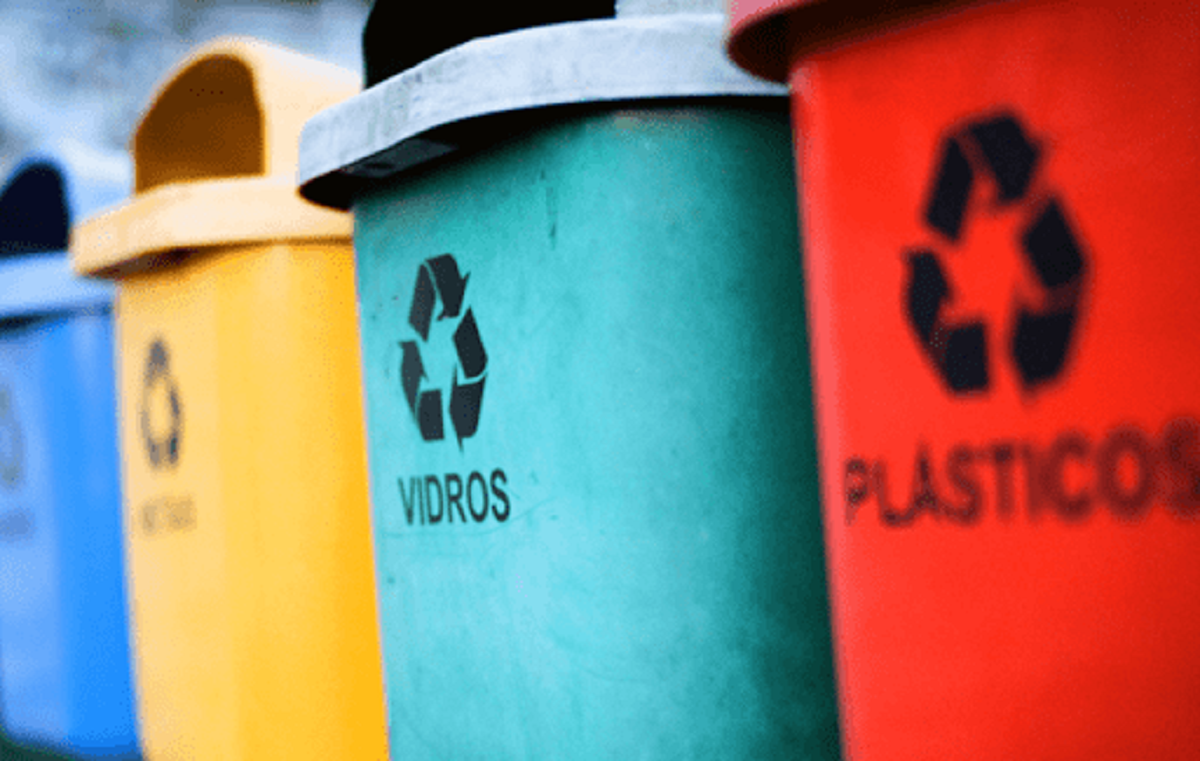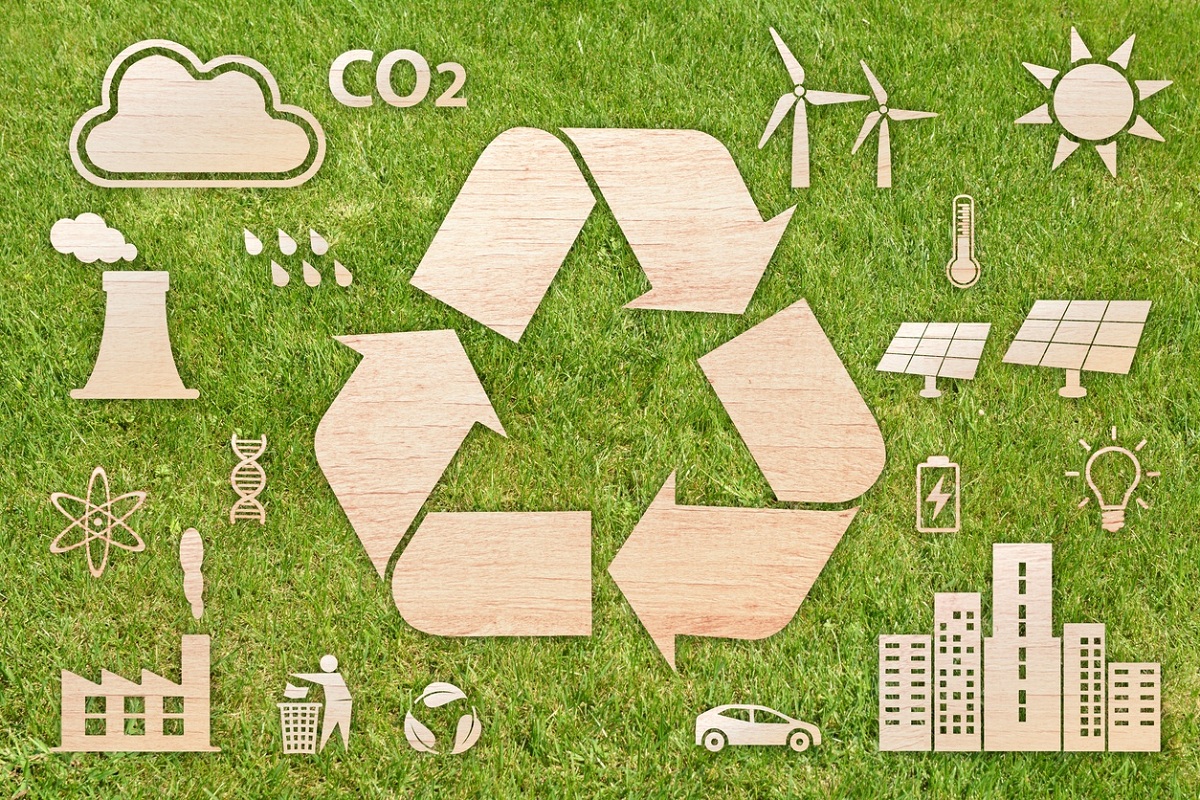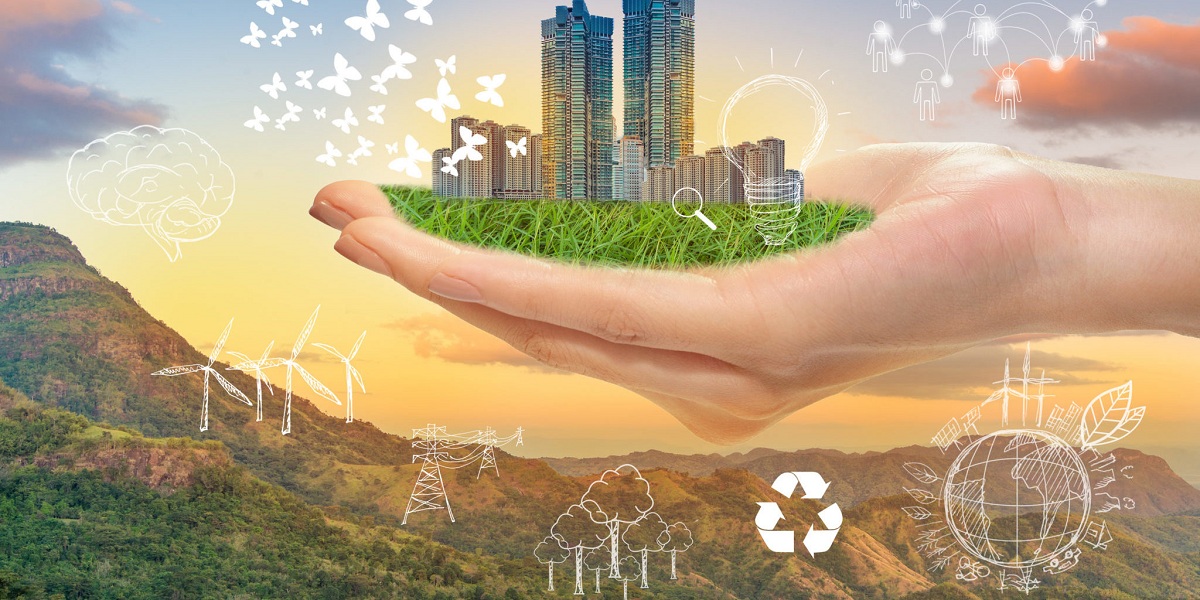
The human being is continuously generating waste to the environment. The waste management it is important to be able to minimize their environmental impact. It is about the set of activities that are necessary to be able to make a correct treatment of the waste, from its generation to its elimination or reuse.
Therefore, we are going to dedicate this article to tell you everything you need to know about waste management, what its characteristics are and how important it is.
Objectives of waste management

This includes waste collection, transportation, handling of special hazardous materials, recycling of usable materials. Over time, waste management has become very important for ecological and economic reasons. From the earliest times, when waste management is based on transporting it to a secluded place and using incineration as a method of destruction, we have gone through a recycling process.
In addition, it has increased people's awareness of waste generation, which affects product design and consumption to reduce waste generation. On the other hand, the laws aimed at reducing the generation of waste, how to charge for plastic bags or planning to ban the use of plastics in the EU in 2021, have fundamentally changed waste management.
Thus, the current objectives of waste management are:
- Minimize your build as much as possible.
- Maximize the reuse of materials in these wastes through recycling.
- Awareness and education on waste management.
- Expand the scope of integrated waste management to make it ubiquitous.
- Use treatment and disposal methods that can recover energy and generate fuel. Two examples of achieving these goals are Sweden and Norway, which have become importers of waste to generate energy.
- Maximize the reuse of waste in composting and fertilization tasks.
- Promote new disposal technologies that are more environmentally friendly and less harmful than traditional methods such as incineration.
Among these goals, the most important is to prevent the generation of waste and minimize it when it occurs. Next, we will find those materials that are reused and recycled to a greater extent to save materials, generate energy and compost. Lastly, non-recycled waste will be disposed of in the most harmful way possible. As we have seen, these goals are related to such an important concept of circular economy today.
Phases of waste management

Waste management goes through various phases:
- Collect at the point of generation, as our home.
- Transportation to a suitable location for the next stage of processing.
- Process as much as possible in a factory ready for reuse.
- Final disposal of waste that cannot be reused in any way.
Traditionally, there are two main methods of waste treatment, and these two methods do not contribute to the reuse of materials or the generation of energy. is about:
- Landfills: In short, garbage is stored far from population centers. The risk of contaminating soil, aquifers, or untreated hazardous waste can have a significant impact.
- Garbage incineration: The oldest method of garbage disposal, its polluting emissions are discharged into the atmosphere.
Currently, new ways of disposing of waste have been developed:
- pyrolysis: It is incineration in a sealed tank with almost no oxygen. This produces less pollution and more efficient combustion in terms of generating usable energy. In the case of certain organic or vegetable waste, it can be used to obtain fuel.
- Biological reprocessing: organic matter, including paper, can be composted and used as agricultural compost.
- Recycling: use readily available materials (such as aluminum, plastic, or paper) to make new aluminum, plastic, or paper.
- Sludge extraction wastewater treatment: Due to the rapid development of the city, the amount of sewage has increased a lot. Through its treatment, various types of sludge can be obtained, which can be used as fertilizer for agriculture.
These are some of the new final disposal methods in waste management. More and more progress is being made in finding new ways to reuse waste to the maximum, although there is still a long way to go.
How to manage hazardous waste

These are the ones that have been declared especially harmful internationally:
- Explosive or flammable.
- Carcinogens.
- Radioactive waste.
- It is toxic to humans or ecosystems and is highly biohazard.
In these cases, the waste will be stored, labeled, transported to an appropriate place and processed. Try to reuse as much as possible, or organize it in a way that causes minimal damage.
In all these stages, experts and engineers take care of this process, trying to eliminate the threat as much as possible, restore what can be restored and transport it with care.
As we have seen, waste management has changed a lot lately. One of the most important parts is about us. Raising awareness about minimizing waste generation and recycling as much as possible is the key to successful waste management that protects the environment.
Importance of recycling at home
Recycling is a process that aims to convert waste into new products or materials for the next use. By making full use of this process, we can avoid wasting potentially useful materials, we can reduce the consumption of new raw materials and, of course, the consumption of new energy. In addition, we have reduced air and water pollution (through incineration and landfill, respectively) and reduced greenhouse gas emissions.
Recycling is very important because there are many recyclable materials such as electronic components, wood, fabrics and textiles, ferrous and non-ferrous metals, and the most popular materials such as paper and cardboard, glass, and certain plastics.
For the newer and more experienced people, but who still have certain questions, generally there are several campaigns or environmental education programs on waste and recycling (every year) to raise awareness and educate people about environmental impacts. Generation of waste and environmental protection measures to reduce waste.
I hope that with this information you can learn more about waste management and its characteristics.